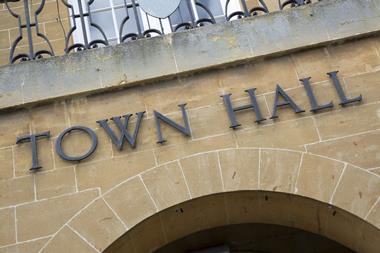His suggestion came at the end of a technical seminar on natural disaster risk solutions organised in London on 17 May by Royal & Sun Alliance (RSA) at which speakers stressed the importance of precise and consistent geographical information for property risks.
"It is a complex issue at the heart of the relationship between the insurer and the insured. The insurer is asking us to supply information about how well we understand our risks, but they have access to better information about our suppliers," he explained later.
Business interruption is a particularly important aspect of supply chain management, and any large organisation needs to know what its suppliers are capable of and how resilient they are, says Finlayson. He acknowledges that confidentiality is a major issue, but suggests that there are times when customer and supplier could find mutual benefits in the exchange of information.
Graham Heale, underwriting director, property, for RSA, explained that the company now has full geographical co-ordinates for 80% of its UK insured property risks. This means the error in locating the footprint of each property is no more than one meter. Heale explained that this is more precise than postcoding, which has an accuracy of only +/- 100 meters, within which there can be a significant variation in exposure to perils like flood.
Insurers and reinsurers say precise location information for property risks allows them to assess their exposures accurately and monitor their accumulations with the result that they can offer fairer pricing and capacity allocation.

















